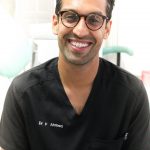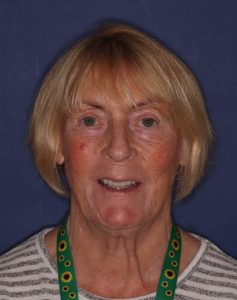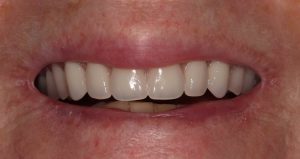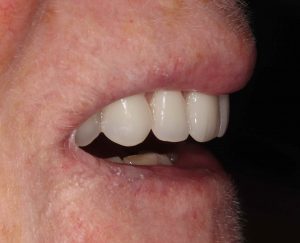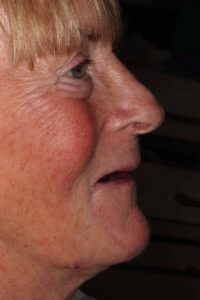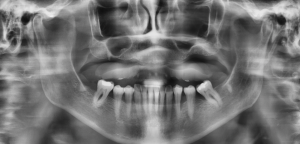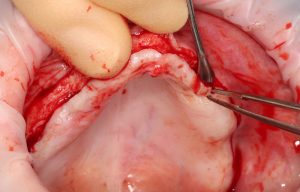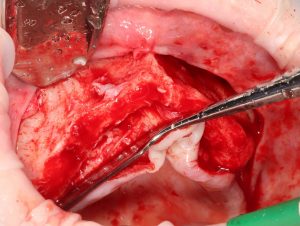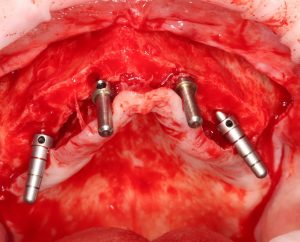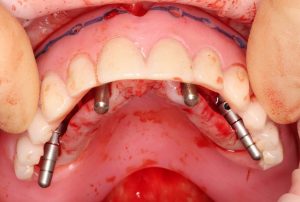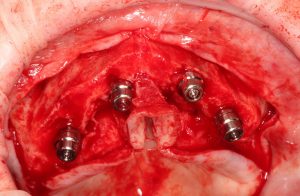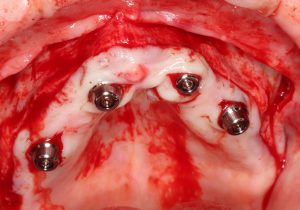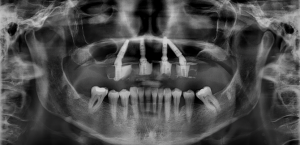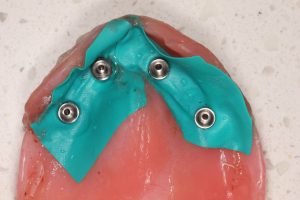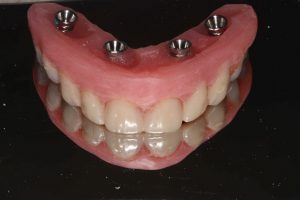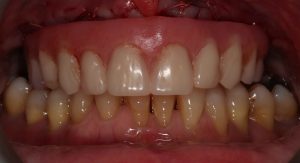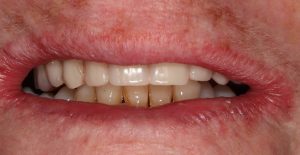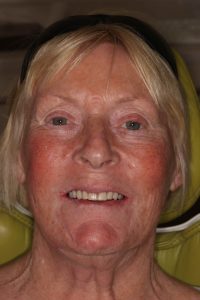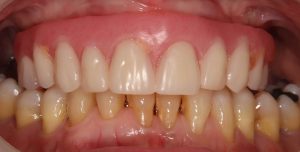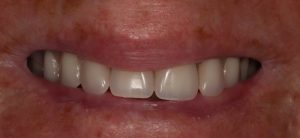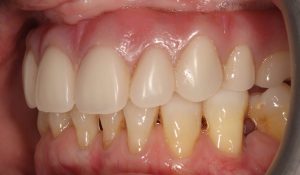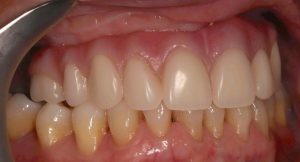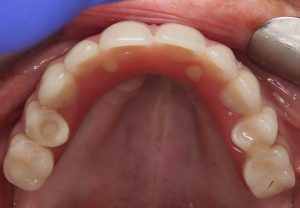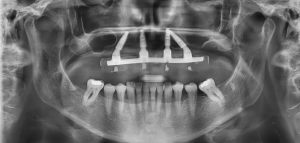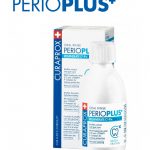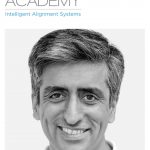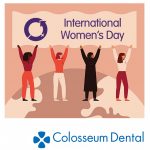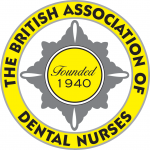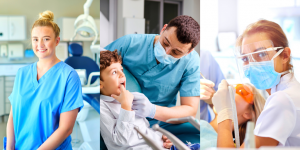The success of restorative dental procedures is determined by their resulting functionality and aesthetics.[i]Aesthetics are more important to people than ever as we live in a digital age where photographs are uploaded to social media frequently. An obvious restoration can have a detrimental effect on a person’s confidence.
Colour dimensions
According to the Munsell colour system, colour can be described in terms of hue, value, and chroma.i
Hue: This is the quality that determines the difference from one colour to the next. It is the dominant range of wavelengths visible in the colour spectrum and drives forward the perceived colour.
Chroma: This relates to the intensity of the hue, usually referred to as the saturation. An example of this is if you added a coloured dye to water and kept adding more the intensity (chroma) increases while the colour (hue) remains the same.
Value (brightness/luminance): This refers to the amount of light returned from an object. Munsell described this as a grey scale of white-to-black and explained that brighter objects have lower amounts of grey, whereas darker objects have larger amounts. In reference to the brightness of a crown, the brightness is usually increased by either lowering the chroma or increasing the reflectivity of the surface. Essentially, lowering the value of an object means it illuminates less light.
Breaking down colour in this way reveals that it’s a little more complicated than what you see in front of you.
The nature of colour
The first circular colour diagram was designed by Isaac Newton in 1666 and it has become the basic tool for combining colours.i Colour is determined by light – it is seen when light is reflected from an object and stimulates the visual cortex of the brain for it to interpret what it’s “seeing”. However, the natural process of seeing colour isn’t something people can rely on to be accurate, as studies have shown that men and women perceive colour differently. A study confirmed that men have a higher chance of struggling to distinguish between hues and one in 12 men are colour blind compared to 1 in 255 women.[ii] This indicates that when it comes to colour matching in dentistry the biology of a clinician can hinder their performance.
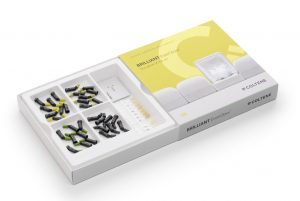
Challenges with shade selection in practice
Whether you can see colour perfectly or not, there are still challenges that any dentist can face when it comes to shade selection. Some common issues include poor quality lighting in the surgery, taking too long to select a shade, oversaturated backgrounds, and using outdated shade guides. There are other factors that can result in a challenging shade selection process but one commonly found in the literature is the quality of communication between the dentist and technician.[iii] A dentist’s understanding of colour can influence the communication between them and the technician as a lack of comprehension can result in a miscommunication; ultimately producing a mismatched colour shade.
A study consisting of 58 participants revealed that many subjects were not consistent in their approach to shade matching.[iv] This indicated that if these participants were working on a real case then they would likely end up with a restoration that doesn’t look natural. However, digital colour matching has been studied and seems to offer benefits.[v] A study that compared the shade matching success using conventional methods and digitals methods revealed that over 60% of matches were correct when using a computer method. In contrast, just a 43% success rate was recorded with a conventional method.
Colour matching can be complicated but there are materials available to make life a whole lot easier, and support successful outcomes with every patient. Designed for everyday use, BRILLIANT EverGlow® from COLTENE is a universal hybrid composite that excels through its sculptability, form stability, polishability, and long-lasting high lustre. As well as all this, the sophisticated and versatile shade system offers three translucency levels and enhanced Duo Shades allow for flexibility in single-shade and multi-shade restorations. What’s more, BRILLIANT EverGlow® now has a new and improved tip for more accurate application.
In summary, colour is complex and, in dentistry, conventional shade matching methods come with a fair few challenges. Due to the inaccuracies of the human eye and the advancements in technology, a digital method has become the gold standard for many. But there are also materials that will support better shade matching, for restorations that are highly aesthetic and will blend beautifully with the surrounding teeth.
Nicolas Coomber COLTENE National Account & Marketing Manager
For more on COLTENE, visit www.coltene.com,
email info.uk@coltene.com or call 0800 254 5115.
[i] Sikri, VimalK. “Color: Implications in Dentistry.” Journal of Conservative Dentistry, vol. 13, no. 4, 2010, p. 249, www.ncbi.nlm.nih.gov/pmc/articles/PMC3010031/, 10.4103/0972-0707.73381. Accessed 4 Nov. 2021.
[ii] Ayman, Shahenda. “Do Women See More Colors than Men?” SCIplanet, 23 Nov. 2017, www.bibalex.org/SCIplanet/en/Article/Details.aspx?id=10304. Accessed 4 Nov. 2021.
[iii] Fondriest, James. “Shade Matching in Restorative Dentistry: The Science and Strategies.” The International Journal of Periodontics & Restorative Dentistry, vol. 23, no. 5, 1 Oct. 2003, pp. 467–479, pubmed.ncbi.nlm.nih.gov/14620121/. Accessed 4 Nov. 2021.
[iv] Alomari, M., and R. G. Chadwick. “Factors Influencing the Shade Matching Performance of Dentists and Dental Technicians When Using Two Different Shade Guides.” British Dental Journal, vol. 211, no. 11, Dec. 2011, pp. E23–E23, 10.1038/sj.bdj.2011.1006. Accessed 4 Nov. 2021.
[v] Jedynakiewicz, Dr N M. “Digital Colour Matching in Restorative Dentistry.” British Dental Journal, vol. 199, no. 1, July 2005, pp. 33–33, 10.1038/sj.bdj.4812556. Accessed 4 Nov. 2021.





